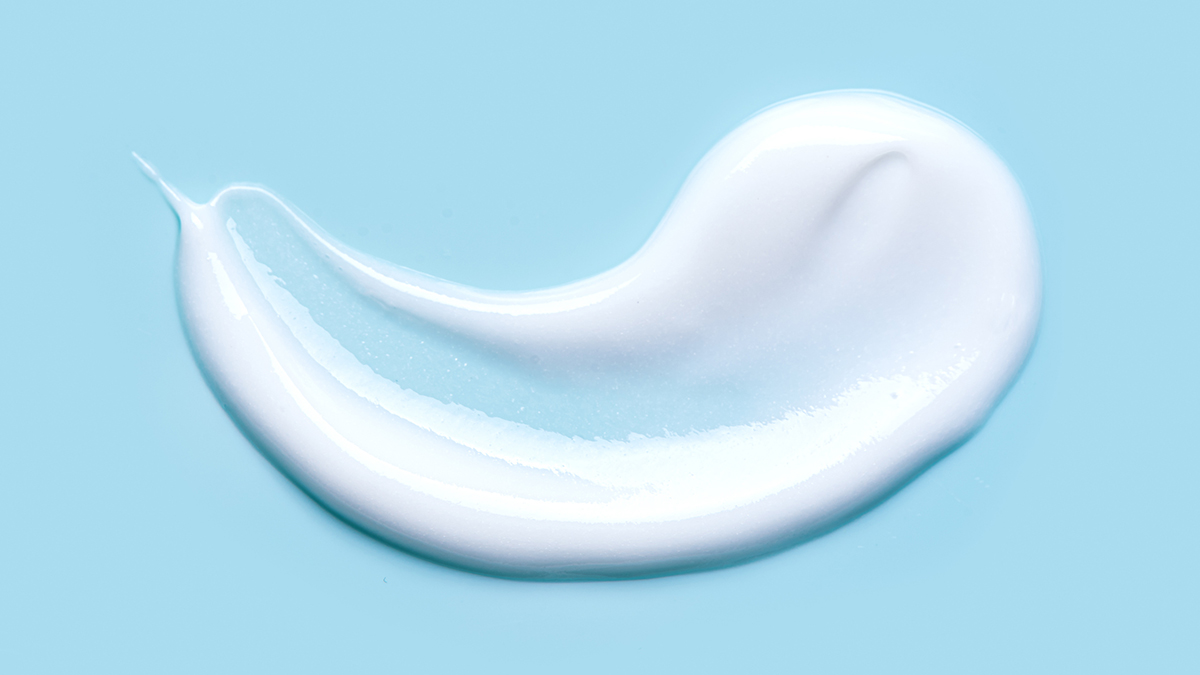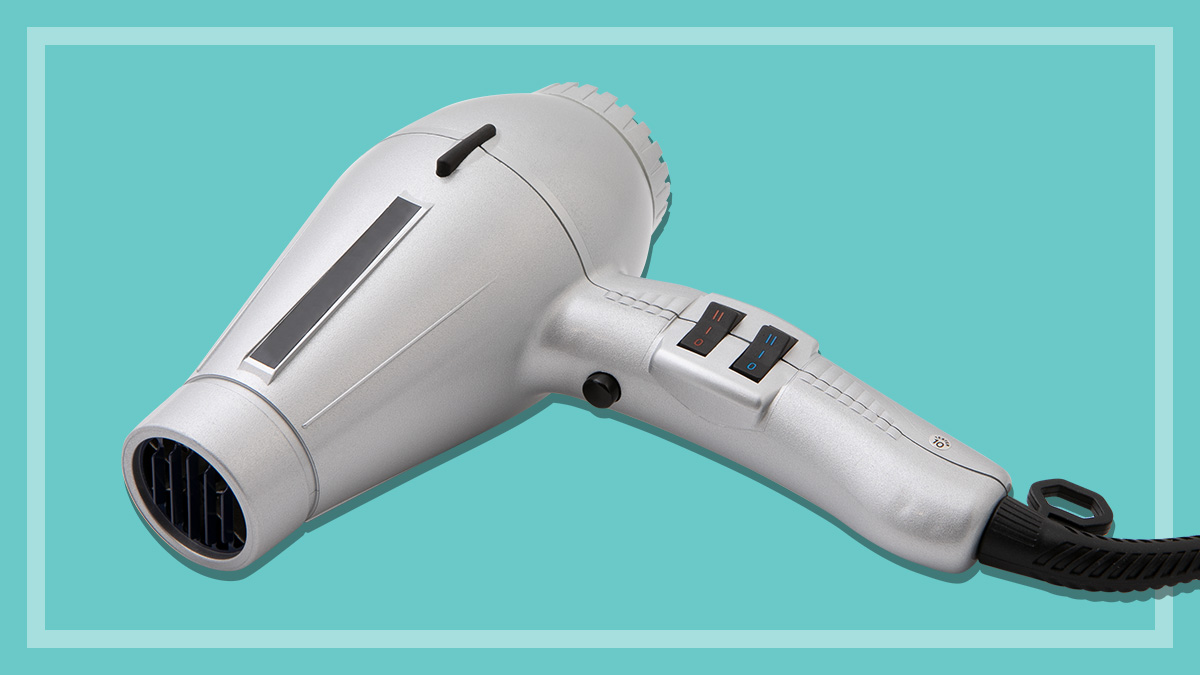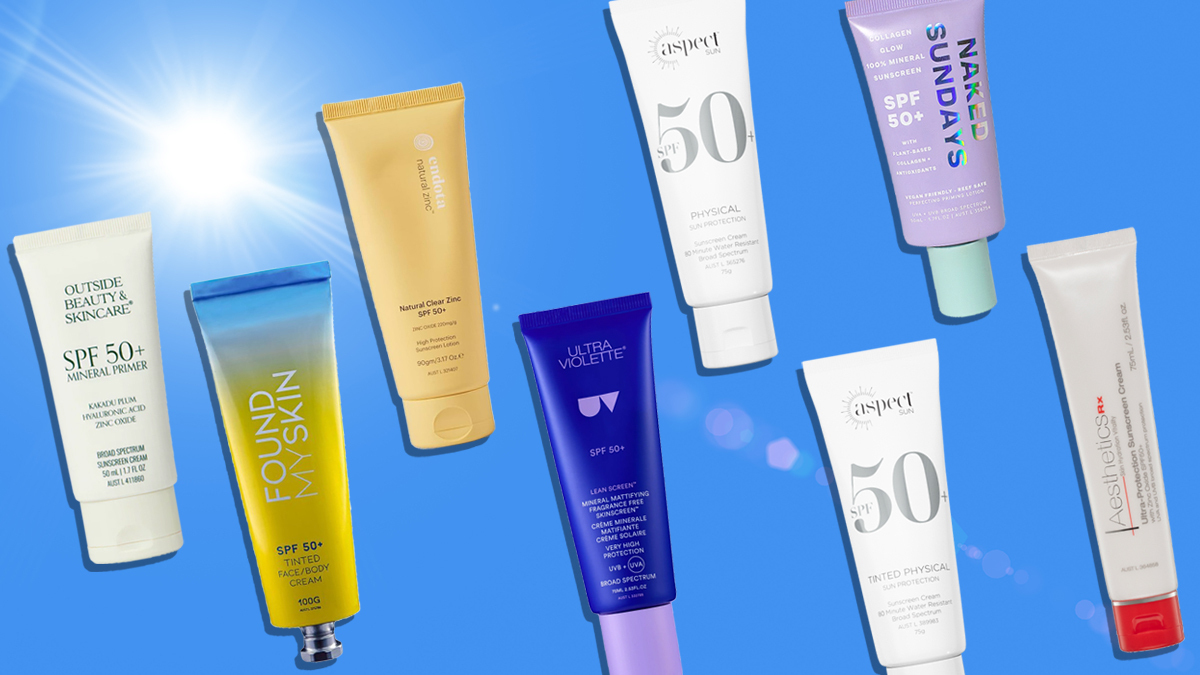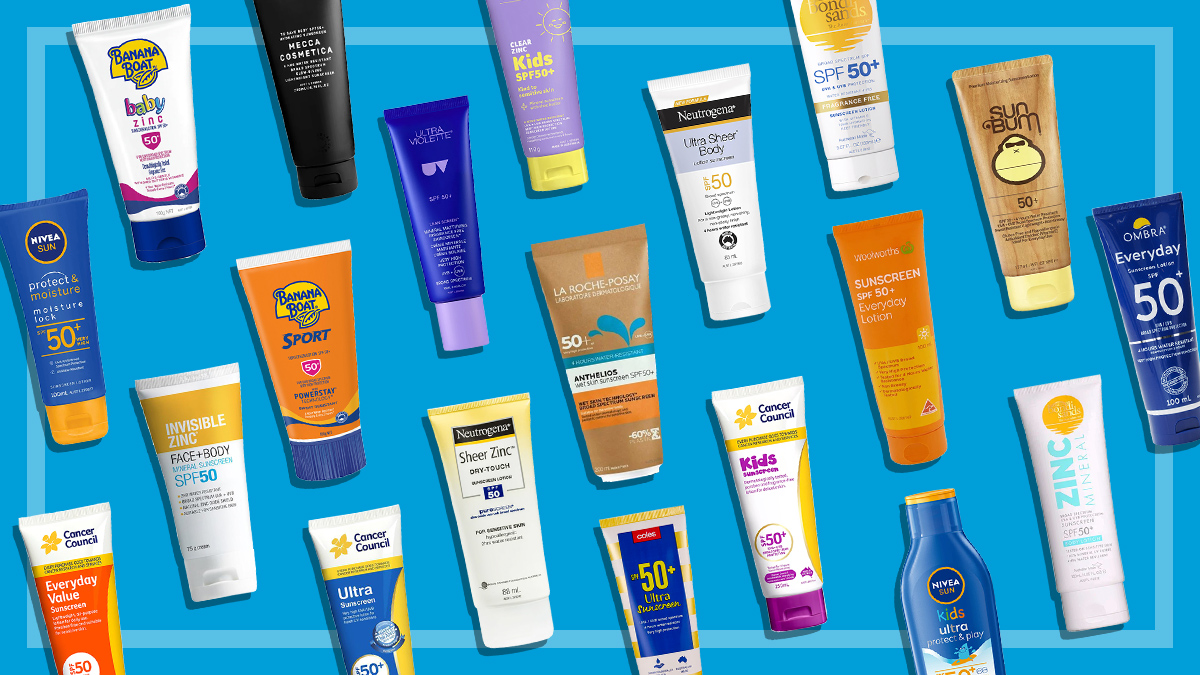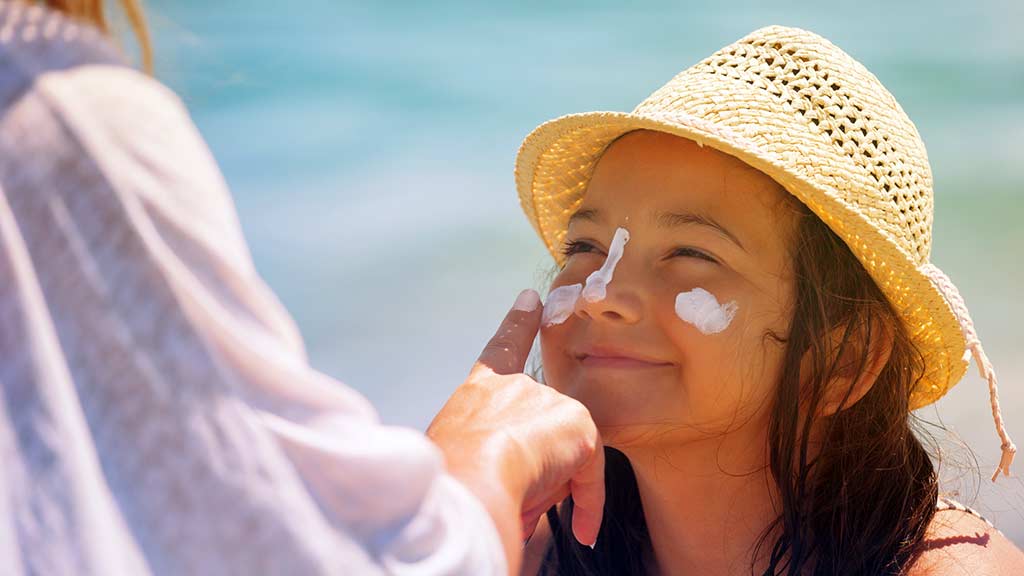Get our independent lab tests, expert reviews and honest advice.
8 common sunscreen myths debunked
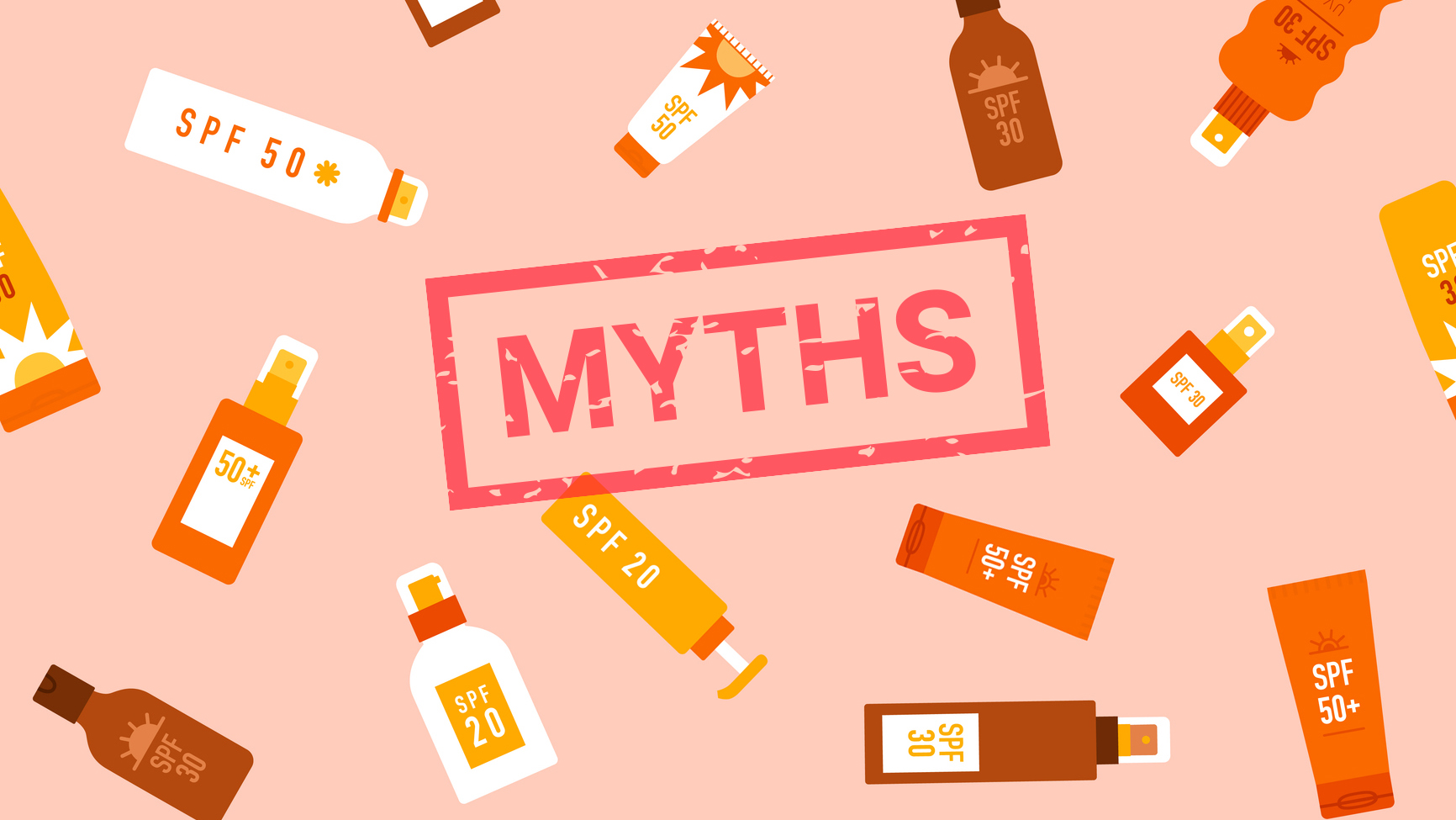
Need to know
- Despite decades of advice about how to avoid skin cancer, Australians still have some of the highest rates in the world
- Misunderstandings around the meaning of SPF are still common
- Paying more for your sunscreen doesn’t guarantee a better product
Ever since Sid the Seagull first cheerfully sang to us about the need to “Slip, slop, slap” back in 1981, Australians have been regularly reminded of the need to protect ourselves from the sun.
Despite the campaign’s catchy slogan, which in 2007 was extended to include the words seek (shade) and slide (on sunglasses), Australia still has some of the highest rates of skin cancer in the world.
We look at some of the most common myths that hamper our sun safety practices.
Myth 1: The higher the SPF, the less often you need to apply
Are you of the belief that an SPF 50 sunscreen doesn’t need to be reapplied as often as an SPF 30?
If so, you’re not alone – but you’re also wrong. Our recent survey of the CHOICE audience found that nearly 10% (nine in 100) believe this myth.
The sun protection factor (SPF) of your sunscreen measures how well it protects you from sunburn; the higher the number, the more protection you get.
However, the difference between an SPF 30 and an SPF 50 probably isn’t as much as you think.
The difference between an SPF 30 and an SPF 50 probably isn’t as much as you think
SPF 30 sunscreen filters out 96.7% of UV radiation, and SPF 50 is only marginally more effective, filtering out 98% of radiation.
Whichever one you use, you’ll still need to reapply it every two hours, or after swimming, exercising or drying yourself off with a towel.
You should also remember that sunscreen alone won’t protect you, and you should follow the other sun safety recommendations to reduce the risk of skin cancer.
Myth 2: Sunscreen isn’t needed on a cool or cloudy day
Cloud cover or cooler weather doesn’t mean you can abandon sun-smart behaviour. Even if it feels like the sun is less harsh on a day when it’s overcast, the UV rays can still do damage.
The UV index measures UV levels on a scale from 0 (low) to 11+ (extreme). It’s recommended that you protect yourself once UV reaches a moderate level, which is defined as 3.
Even on days when the UV index is low, you should still practice sun safety if you’re near reflective surfaces or outside for an extended period.
Finding the UV index is easy: it’s reported by the Bureau of Meteorology as part of the forecast information for your location. You can also use the Cancer Council’s free SunSmart app to get this information.
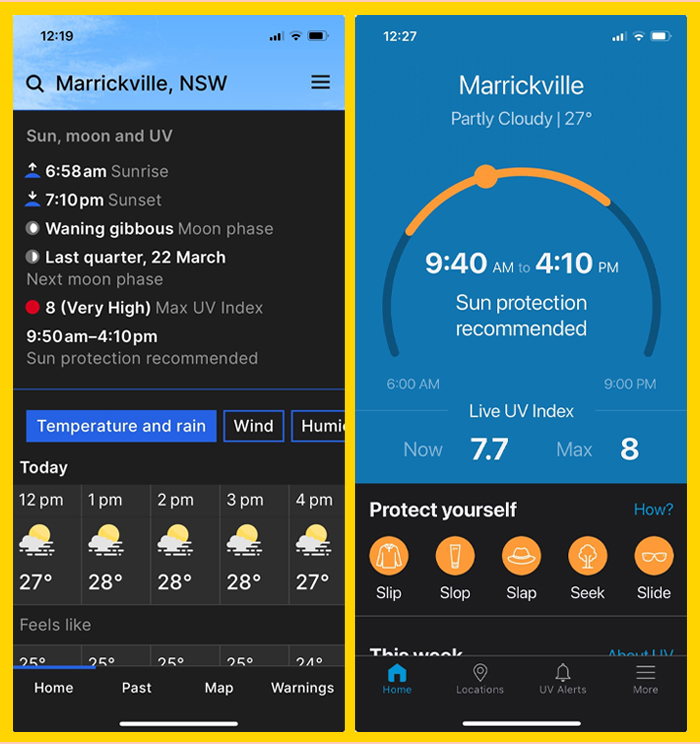
Myth 3: Glass protects you from the sun
Many of us may believe that if we’re behind glass, such as when travelling in a car, we don’t need to practice sun safety.
But even though untinted glass reduces UV radiation, it doesn’t block it altogether. For this reason, it’s recommended that people who spend long periods in a vehicle should still use sun protection to prevent exposure to harmful rays.
Regardless, it’s probably good practice to wear sunscreen when travelling in a car on a high UV day, particularly for children in the back seat who may open windows for fresh air.
Myth 4: People with darker skin or a tan don’t need sunscreen
It isn’t just those with pale, northern European complexions that need to protect themselves from the sun.
While it’s true that melanin (the pigment that gives skin colour) does help absorb and distribute UV radiation, it’s not a perfect barrier, and people with darker skin will still experience damage from the sun and be susceptible to skin cancer.
And don’t think that if you don’t get sunburned you’re safe. Even if you tend to tan rather than turn red, you’re still being damaged by that sun exposure.
Myth 5: Wearing sunscreen leads to vitamin D deficiency
It’s true that the best source of vitamin D is UVB radiation – which is blocked by sunscreen. But for most people, adequate vitamin D levels are reached through incidental exposure to the sun when going about our daily activities.
When the UV index is 3 or above, it only takes a few minutes a day outdoors on most days of the week to get enough vitamin D to stay healthy.
When the UV index is 3 or above, it only takes a few minutes a day outdoors on most days of the week to get enough vitamin D
Sensible sun protection does not increase your risk of vitamin D deficiency, but some groups – such as frail, elderly people or people who live mostly indoors – are more at risk than others.
If you’re concerned, speak to your doctor for advice.
Myth 6: SPF 30 sunscreen blocks twice as many UV rays as SPF 15
This was by far the most commonly held misconception in our recent survey, with more than half of respondents agreeing this was true.
A sunscreen with an SPF 15 rating will protect you from about 93% of UVB rays, while an SPF 30 protects you from around 97%.
Put another way, an SPF 30 sunscreen allows about 3% of rays through, and an SPF 15 lets through about 7%.
No sunscreen blocks 100% of the sun’s rays, which is why it’s important you follow other sun-smart strategies such as wearing protective clothing and a hat, seeking shade and using sunglasses as well as applying sunscreen.
Myth 7: The more you pay, the better the sunscreen
As with many categories of products we test, when it comes to sunscreens price is not an indicator of performance.
In our recent test of 20 sunscreens to see if they met their advertised SPF, the product with the poorest results – Ultra Violette Lean Screen SPF 50+ Mattifying Zinc Skinscreen – was the most expensive, costing $52 for 75ml.
Near the other end of the scale in terms of price and performance, the Cancer Council Kids Sunscreen SPF 50+ was one of the few brands that met its SPF claims, and it costs just $15.50 for 110ml.
Myth 8: Kids need different sunscreens than adults
While many of the sunscreens marketed for kids will feature cute and colourful designs on their packaging, there probably isn’t much else to separate these products from the adult versions.
Some may say they’re more suitable for children as they’ve been specifically formulated or tested for more sensitive or delicate skin. This may mean they’re free from fragrance, for example, and may be less likely to cause irritation.
These are no more effective in terms of sun protection than a standard sunscreen that doesn’t have a ‘kids’ label on it
They may also be water-resistant, which is a plus for active kids, or it might be the mode of application that makes it kid-friendly – for example, a roll-on sunscreen might be easier to apply to a squirming toddler than a cream.
However, these sunscreens are no more effective in terms of sun protection than a standard sunscreen that doesn’t have a ‘kids’ label on it.
Mineral-based sunscreens
Mineral-based sunscreens may also be labelled as suitable for children.
These are made with titanium dioxide and/or zinc oxide, and are also known as ‘physical sunscreens’, as they form a physical barrier between your skin and the sun’s rays – you can often literally see a white residue. This is in contrast to ‘chemical sunscreens’, which are absorbed into the skin to protect.
The Melanoma Institute Australia recommends mineral sunscreens for older babies and toddlers.
Important sun protection tips for children
Regardless of which sunscreen you use, babies and kids need protection from the sun just like adults.
For the very young – six months and under – shade, broad-brimmed hats and protective clothing should be the priority. The Australasian College of Dermatologists does not recommend using sunscreen on infants under six months.
For older babies and children follow the usual sun safety guidelines. If you’re worried your child’s skin may react to sunscreen, you can test it on a small area of skin before applying it more broadly.

